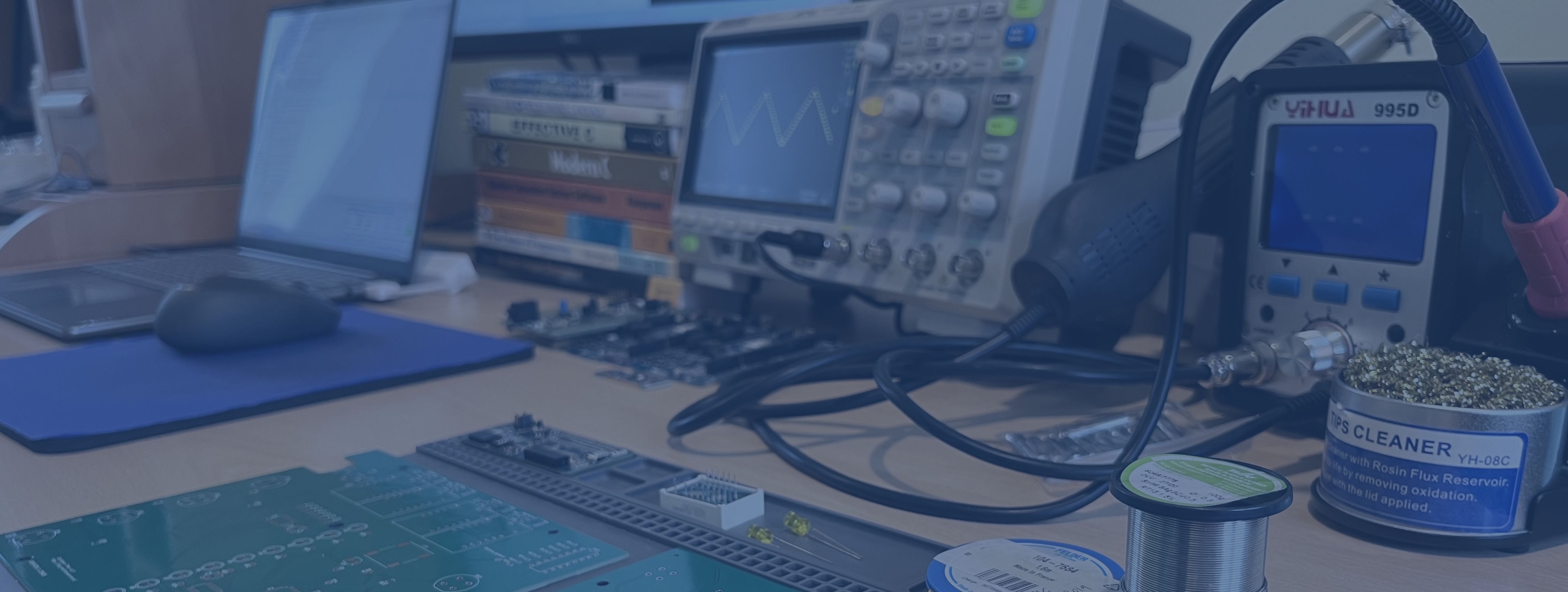Building Embedded C Applications on Windows with GCC, CMake and Ninja
Most embedded C developers start writing their code on their microcontroller manufacturer's provided IDE - STM32CubeIDE, MPLAB X, TI Code Composer, NXP MCUXpresso, Segger Embedded Studio, Keil uVision, etc. The debugger support, peripheral setup tools and project structure support make this the right way to go, but at some point you should realise that these are not the best editors on the market and waiting for chip programming times makes your debugging cycle is slow. Although the manufacturer's IDE can be very capable, leveraging the power of Eclipse or NetBeans, there are many features of other editors like Visual Studio Code which make it preferable once your work moves away from the hardware-specific or register level debugging phases. VS Code is so much more customisable with themes, extendable with the extension marketplace and powerful with multi-pane, multi-window editing, as well…
Continue reading...